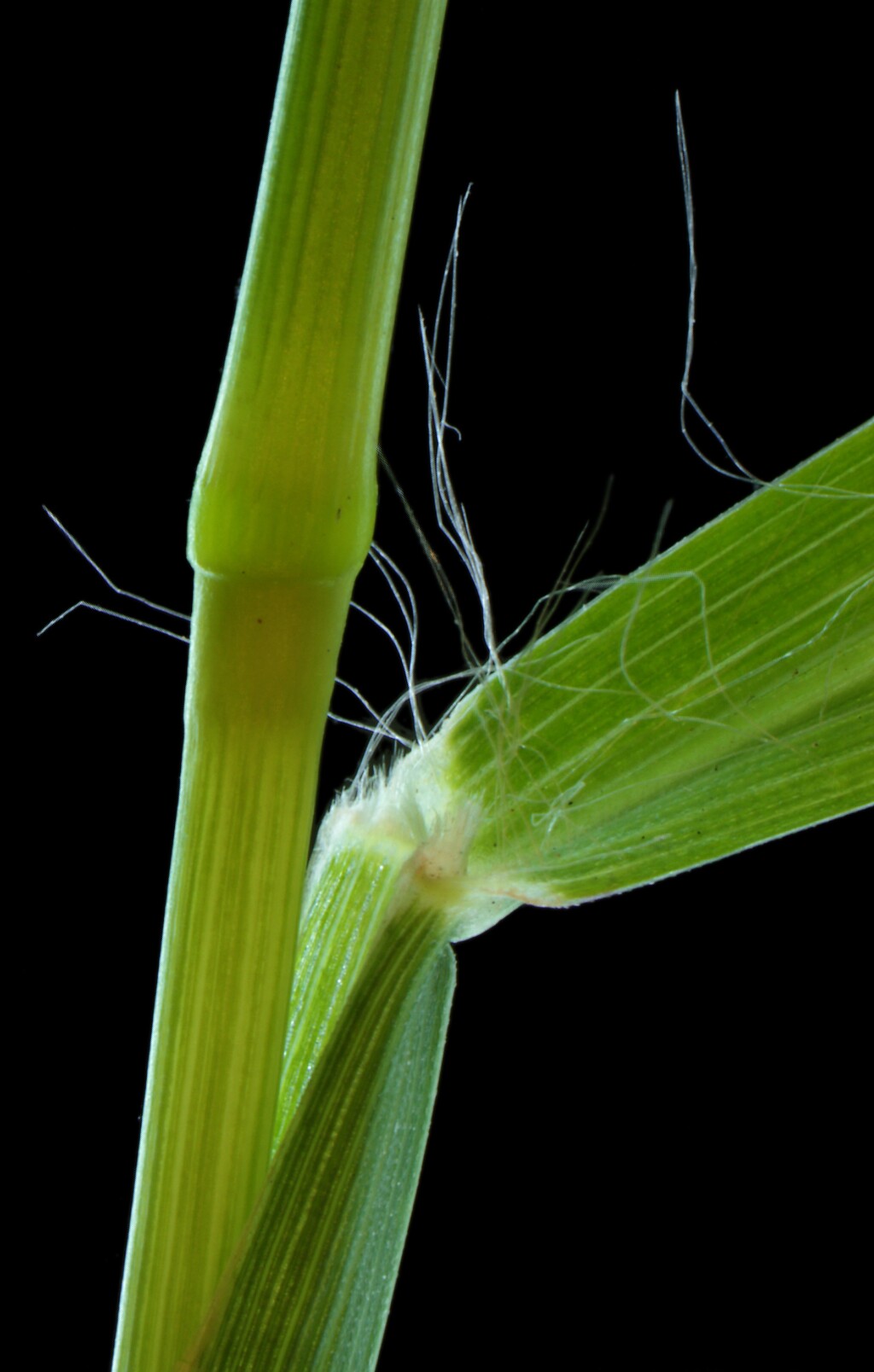Setaria
Tufted, rhizomatous or stoloniferous annuals or perennials. Ligule a fringed membrane. Inflorescence a cylindric, often spike-like panicle. Spikelets subtended by 1 or more bristles, 2-flowered, the lower floret neuter or male only; glumes 2, falling with the spikelet (except in S. italica); upper floret subequal to the lower; upper lemma and palea hardened, lemma coarsely to finely rugose.
About 100 species, from tropics to temperate regions; 16 species in Australia (9 naturalized), 5 in Victoria (all naturalized).
Some authorities unite Paspalidium (around 40 spp. worldwide) into a large, variable Setaria, and molecular evidence tends to support this (e.g. Morrone et al. 2012), but other studies (e.g. Kellog et al. 2009) suggests this is equivocal. Nonetheless, at least in Victoria, the two genera appear morphologically distinct and until wider acceptance of a unitary Setaria has been gained, both are maintained here.
Walsh, N.G. (1994). Poaceae. In: Walsh, N.G.; Entwisle, T.J., Flora of Victoria Vol. 2, Ferns and Allied Plants, Conifers and Monocotyledons, pp. 356–627. Inkata Press, Melbourne.
 Spinning
SpinningKellogg, E.A.; Aliscioni, S.S.; Morrone, O.; Pensiero, J.; Zuloaga, F. (2009). A Phylogeny of Setaria (Poaceae, Panicoideae, Paniceae) and Related Genera Based on the Chloroplast Gene ndhF. *International Journal of Plant Sciences * 170(1): 117–131.
Morrone, O. Aagesen, L., Scataglini, M.A., Salariato, D.L., Denham, S.S., Chemisquy, M.A., Sede, S.M., Giussani, L.M., Kellogg, E.A.; Zuloaga, F.O. (2012). Phylogeny of the Paniceae (Poaceae: Panicoideae): integrating plastid DNA sequences and morphology into a new classification. Cladistics 28(4): 333–356.



